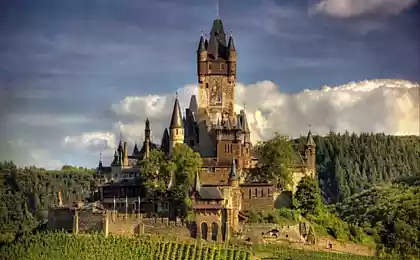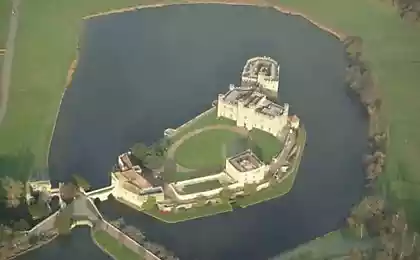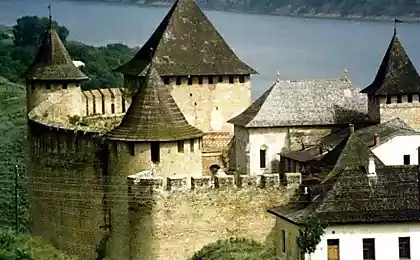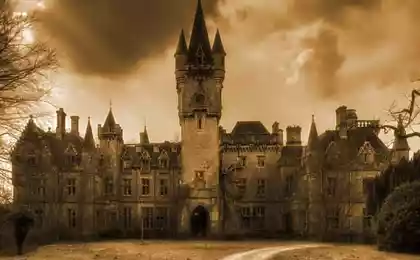696
Dunnottar Castle
On the east coast of Scotland, on a steep cliff, it rises the impregnable fortress of the Scots - Dunnottar Castle. Inside you can get there only two ways: through a well-covered in the clefts of the rock main entrance or the narrow steep path, which leads through a secret entrance to the cave.
It is known that the name of the castle comes from the Pictish word «dun»; V in the end. in the land of St. Ninian I came to pay the Picts to Christianity. He founded the first chapel on the cliff. Preserved records that in 681 the siege of the fortress was made Duin, and it is likely that we are talking about Dunnottar. In addition, it is possible in the vicinity of Dunnottar in 900, there was a battle between King Donald II and the Vikings.
Since the beginning of the XII century. Dunnottar more often mentioned in chronicles. In 1276 on the site of the chapel of St. Ninian's Church was built, but in 1297 it captured William Wallace and burned together with the British garrison taken refuge there. In 1336, the British recaptured Dunnottar, and at this time the castle was visited by King Edward III. But in the same year it was returned to Scotland Dunnottar thanks to the efforts of Sir Andrew Murray. At the end of the XIV century. Sir William Keith blew earlier (probably wooden) built and erected on the site of the stone castle.




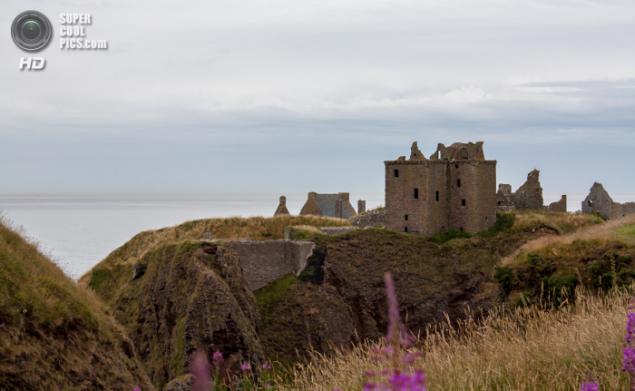
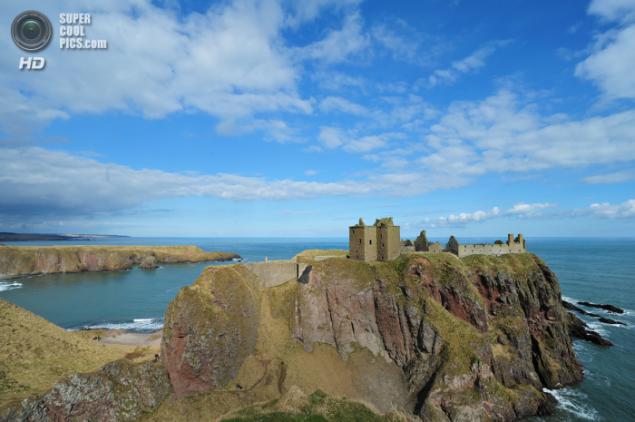

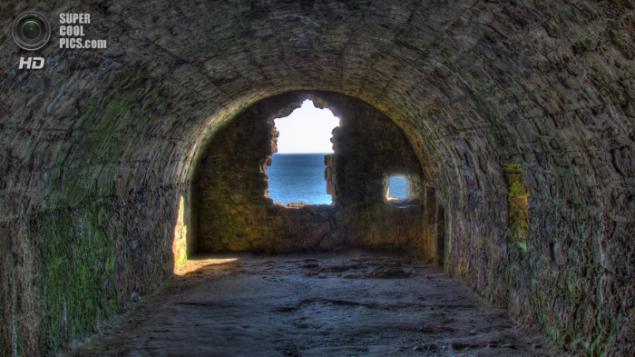



©
It is known that the name of the castle comes from the Pictish word «dun»; V in the end. in the land of St. Ninian I came to pay the Picts to Christianity. He founded the first chapel on the cliff. Preserved records that in 681 the siege of the fortress was made Duin, and it is likely that we are talking about Dunnottar. In addition, it is possible in the vicinity of Dunnottar in 900, there was a battle between King Donald II and the Vikings.
Since the beginning of the XII century. Dunnottar more often mentioned in chronicles. In 1276 on the site of the chapel of St. Ninian's Church was built, but in 1297 it captured William Wallace and burned together with the British garrison taken refuge there. In 1336, the British recaptured Dunnottar, and at this time the castle was visited by King Edward III. But in the same year it was returned to Scotland Dunnottar thanks to the efforts of Sir Andrew Murray. At the end of the XIV century. Sir William Keith blew earlier (probably wooden) built and erected on the site of the stone castle.











©


